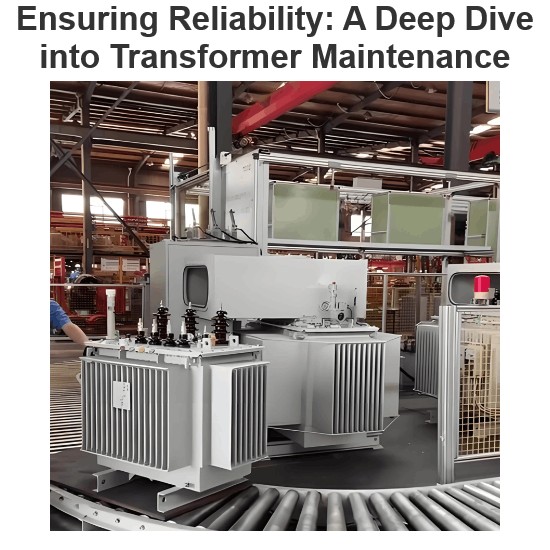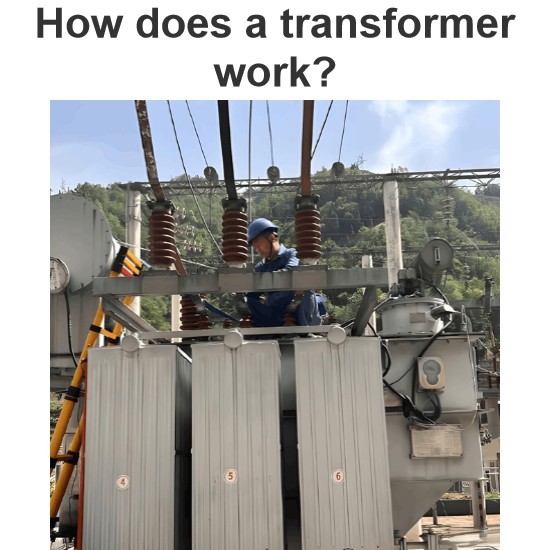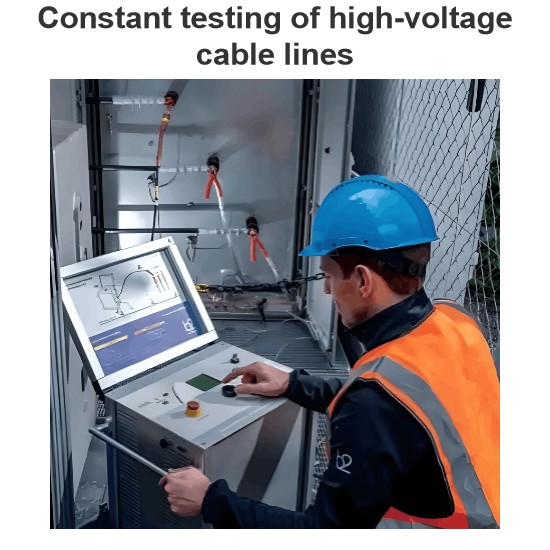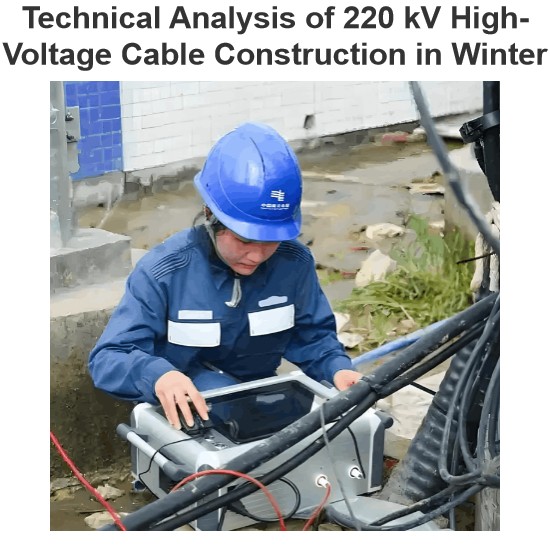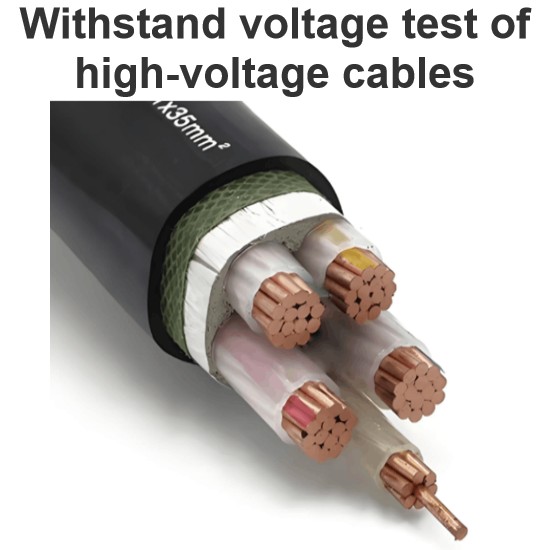| Brand | Wone Store |
| Model NO. | JZW-72.5 Outdoor Voltage Transformer |
| Rated frequency | 50/60Hz |
| Primary voltage | 66/√3kV |
| Secondary voltage | 110/√3V |
| Series | JZW |
Product Overview
JZW-72.5 voltage transformer, epoxy resin casting and outdoor installation, is widely used for measuring current, electric energy and protective relaying in the power system with the frequency of 50Hz or 60 Hz and rated voltage of 66kV or 69kV.
The product can be operated on many circumstances such as the areas of altiplano, tropical area, chillness, coastland and dirtiness etc.
Key Features
High Voltage Rating Adaptability:With a rated voltage of 72.5kV, it is specially designed for medium-to-high voltage outdoor substations, enabling precise system voltage measurement to meet metering, protection, and monitoring needs of grids up to 72.5kV.
Fully Sealed Weather-resistant Structure:Featuring silicone rubber composite insulators and a stainless steel housing, it achieves IP67 protection rating, offering excellent moisture, dust, and salt fog resistance. It withstands strong UV radiation and extreme temperatures from -40℃ to +70℃, adapting to harsh outdoor environments like deserts and coastal areas.
Anti-fouling Flashover & Explosion-proof Design:With external insulation creepage distance ≥35mm/kV, anti-fouling flashover skirts, and a hydrophobic coating, it suits Class Ⅳ pollution areas. Certified to IEC 60076-11 explosion-proof standards, it integrates a pressure relief device to ensure no explosion risk during faults.
High-precision Voltage Transformation:Utilizing low-loss silicon steel sheets and foil winding technology, it maintains voltage ratio error ≤0.2% and phase difference ≤10', meeting 0.2-class metering accuracy requirements to provide precise voltage data for power grids.
Low Power Consumption & Long Lifespan:With no-load loss ≤60VA and load loss ≤150VA, it saves 15% energy compared to traditional transformers. The epoxy resin casting insulation system ensures a 40-year service life, reducing replacement frequency and O&M costs.
Main technical parameter
Highest voltage for equipment: 72.5kV
Rated primary voltage: 66/√3kV or 69/√3kV etc
Limiting output :2000VA
Rated power-frequency withstand voltage: 140kV
Rated lightning impulse withstand voltage: 325kV or 350kV
Rated insulation level: 72.5/140/325kV or 72.5/140/350 kV
Technical standard accords with IEC 60044-2:2003 Part2 Instrument transformers-Part2: inductive voltage transformers or IEEE STD C57.13-2008

Remarks: Upon request we are glad to offer transformers according to other standards or with non-standard technical specs.

